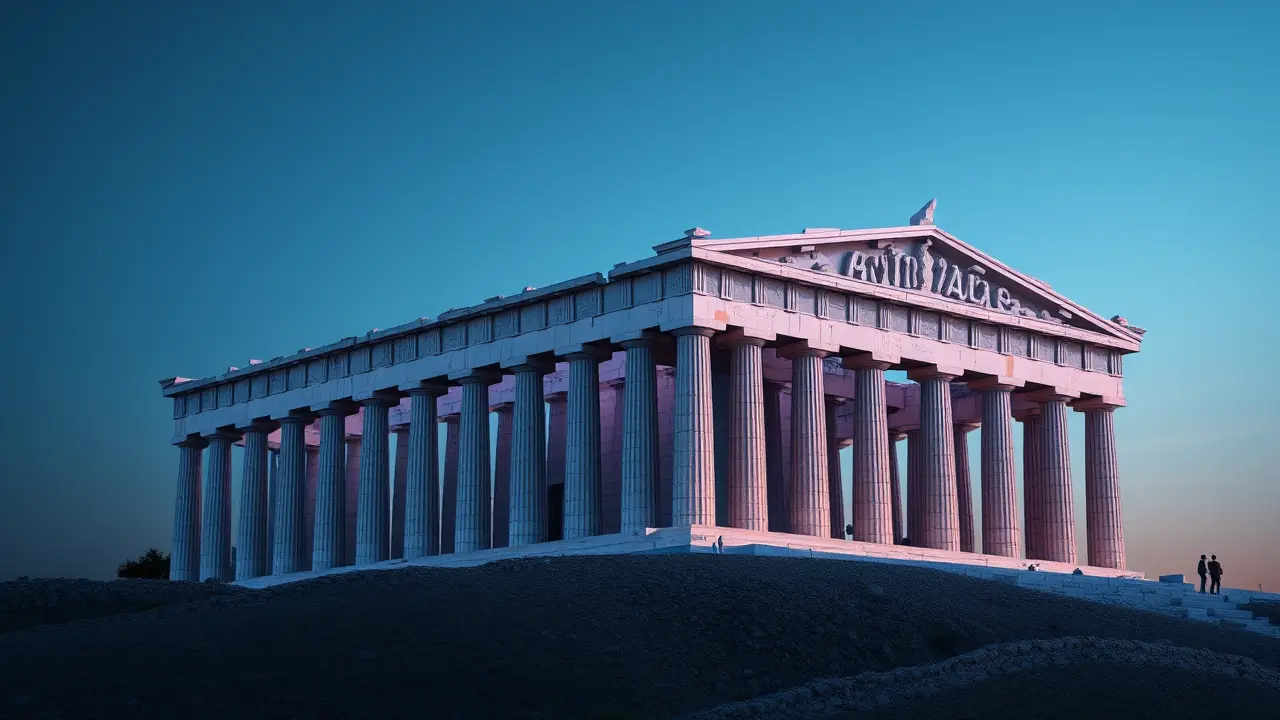
SciencearchaeologyArtifacts and Preservation
Parthenon Scaffolding Removed After 20 Years of Restoration Work
AN
Andrew Blake
8 hours ago7 min read7 comments
For the first time in a generation, the iconic silhouette of the Parthenon stands unobstructed against the Athenian sky, the monumental scaffolding that has encased its western facade for two decades finally removed in a landmark moment for the ongoing, Herculean restoration project. This isn't just a cosmetic update; it's the culmination of a meticulous, stone-by-stone conservation effort that began in the lead-up to the 2004 Athens Olympics, a project so complex it makes restoring a medieval cathedral look straightforward by comparison.The work, managed by the Acropolis Restoration Service, has involved a small army of archaeologists, architects, civil engineers, and master craftsmen grappling with challenges from ancient architectural refinements to modern environmental damage. They've had to precisely catalog, laser-clean, and in some cases, replace marble blocks damaged by centuries of warfare, pollution, and even a disastrous 17th-century explosion when the Ottomans used the temple as a gunpowder magazine.The temporary unveiling offers a tantalizing preview of the final result expected when the project officially concludes next year, a vision that will finally allow visitors to experience the temple's majestic proportions as the ancient Athenians intended, a symbol of Periclean ambition and the birthplace of democracy. But this is just one chapter in a story that spans millennia; the Parthenon has been a Greek temple, a Christian church, a mosque, and a ruin, its survival a testament to its enduring power.The restoration philosophy itself is a fascinating debate—it's not about creating a pristine, new-looking monument but about stabilizing the structure and preserving its historical authenticity, a practice known as anastylosis where original materials are reused whenever possible. This careful approach stands in stark contrast to more aggressive reconstructions seen elsewhere, raising profound questions about how we interact with antiquity and what we owe to these fragile links to our collective past.The project's scale is staggering, involving over 2,500 tons of architectural members and requiring the development of new technologies, including a sophisticated crane system that doesn't damage the sacred rock of the Acropolis. Looking ahead, the completion of this phase will inevitably reignite the long-standing and emotionally charged campaign for the return of the Parthenon Marbles from the British Museum, a diplomatic tug-of-war that has strained Greco-British relations for decades.The cleaned and stabilized temple, standing proud without its metallic exoskeleton, strengthens Greece's moral and cultural argument, presenting a fully committed guardian of its heritage. Ultimately, this is more than a construction project; it's a statement of cultural resilience, a patient, decades-long investment in preserving a cornerstone of Western civilization for future generations, a reminder that some treasures are worth the painstaking effort, no matter how long it takes.
#featured
#Parthenon
#Greece
#conservation
#scaffolding
#cultural heritage
#restoration
Stay Informed. Act Smarter.
Get weekly highlights, major headlines, and expert insights — then put your knowledge to work in our live prediction markets.
Related News
© 2025 Outpoll Service LTD. All rights reserved.












